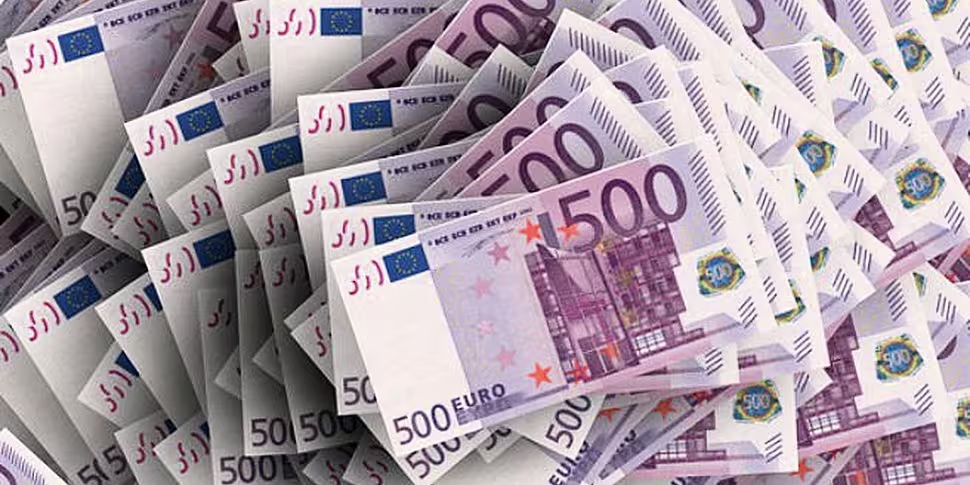With the European Central Bank (ECB) poised to announce that it is committing to a quantitative easing (QE) programme worth between €500bn and one trillion euro later today - here's a rough guide to this unconventional economic tool.
Is QE just printing money?
Yes and no. In a physical sense there is no money created - but a central bank does generate electronic money to buy secure assets like government bonds.
So there is financial alchemy going on - but the money (initially) only exists on computers.
What?
The ECB buys assets like government bonds with new money that it has created - this money floods markets that offer safe low-yield investments - and encourages / forces investors to migrate into riskier investments. This stimulates stock markets.
The institutions who sell the safe assets like bonds to the central bank can also use that money to invest in activity that stimulates the economy.
The theory is that once the economy is back on track - the ECB can sell these assets.
Video via The Telegraph
Will I get any of the money?
Maybe in the long-term. The programme is putting money out into the financial stratosphere - and then in theory it should stimulate everything in the economy, and (eventually) trickle down.
One of the criticisms of the tool is that it is unproven how much of this money actually comes back. Given the scale of the QE programme in the US - growth in both employment and wages has been very slow. It's been less successful in Britain - and effectively failed in Japan.
It could end up bolstering the stock market - but not putting more money in your pocket.
For what it's worth, a €1tn package is €3,030 per person living in the euro zone. The $4.5tn US programme was worth over $12,500 per person.
Will this work in Europe?
Don't hold your breath. This is 'big bang' economics - but given the diverse nature of the economies in the euro zone, there's a lot of different agendas being pushed in the pre-meeting wrangling.
The bloc's most powerful country, Germany is staunchly against the idea. It looks like we will get a scaled back QE programme that might not be big enough to stimulate the continent.
To (kind of) borrow a hurling phrase, the harder you go in - the less likely you are to get hurt. Half-hearted, 'let's just compromise' QE could offer the worst of both worlds.
ECB president Mario Draghi has emphasised that the central bank has the power to implement QE without agreement from Germany - it could go on a solo run and announce a bigger-than-expected QE programme.
On the other hand it might stick its heels in - and just reiterate that it is planning a stimulus package - but not put a number on it.









